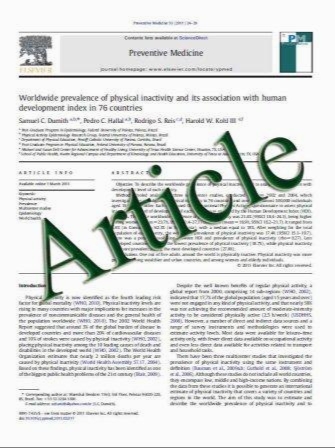Hyperammonemia in review: pathophysiology, diagnosis, and treatment
- نوع فایل : کتاب
- زبان : انگلیسی
- مؤلف : Ari Auron & Patrick D. Brophy
- چاپ و سال / کشور: 2011
Description
Ammonia is an important source of nitrogen and is required for amino acid synthesis. It is also necessary for normal acid-base balance. When present in high concentrations, ammonia is toxic. Endogenous ammonia intoxication can occur when there is impaired capacity of the body to excrete nitrogenous waste, as seen with congenital enzymatic deficiencies. A variety of environmental causes and medications may also lead to ammonia toxicity. Hyperammonemia refers to a clinical condition associated with elevated ammonia levels manifested by a variety of symptoms and signs, including significant central nervous system (CNS) abnormalities. Appropriate and timely management requires a solid understanding of the fundamental pathophysiology, differential diagnosis, and treatment approaches available. The following review discusses the etiology, pathogenesis, differential diagnosis, and treatment of hyperammonemia.
Pediatr Nephrol DOI 10.1007/s00467-011-1838-5 Received: 23 September 2010 / Revised: 9 January 2011 / Accepted: 12 January 2011


